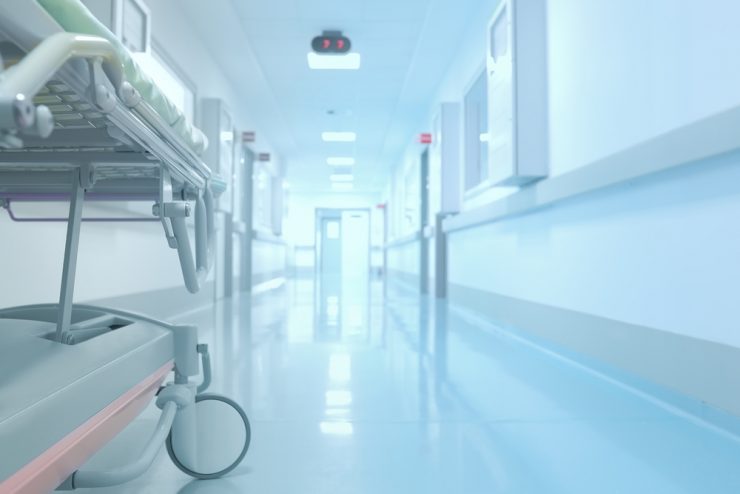Tuberculosis is a disease primarily affecting the lungs and is caused by a bacterium named the tubercle bacillus or Mycobacterium tuberculosis. It used to be a deadly disease in the past when anti – tuberculosis drugs were not invented.
It may affect the respiratory system, bones, lymph nodes and even the skin.
Symptoms
The chief symptoms of pulmonary TB include increased body temperature, fatigue, anorexia. Other symptoms that are noticed are weight loss, night sweats and severe cough. The sputum may even contain streaks of blood.
Though rarely, pulmonary TB can damage an artery resulting in severe bleeding into the lungs. This leads to the spread of it on a large scale via the bloodstream (named miliary tuberculosis). As a potentially dangerous complication, even meningitis can result.
Causes
The causative organism of the pulmonary TB is tubercle bacillus or Mycobacterium tuberculosis. This organism is spread from an infected individual to an uninfected via droplet infection when the person sneezes or coughs. A person needs to be in close contact for a considerable period of time with the pathogens, to get infected. The TB germ lives in a thick capsule, and can overcome dried out and usually unfriendly circumstances. TB may even get spread via infected milk called as bovine tuberculosis.
Risks
There is a particular category of people who are more at risk to develop pulmonary TB. There are various reasons leading to it as mentioned below.
Those in close contact with an infected individual are more prone to this disease than others. Next in line are those who spend time in an area that is having a high rate of TB. Dwelling in crowded, unhygienic conditions can also expose one to this disease. A person who has been in prison for quite a long period can develop this condition. Those who are addicted to drugs, alcohol etc are likely to have this disease. People who consume very less quantity of food are at a high risk of contracting this disease. People who are in a compromised immune status can also develop TB.
Diagnosis
A chest X-ray reveal the extend of infection and sputum analysis will help in detecting the pathogen.
Treatment
Aantituberculine drugs are the preferred treatment of choice. These drugs may be administered individually but often a combination therapy is needed for the effective cure.
The commonly used antituberculine drugs include Isoniazid and Rifampicin and need to be administered for a minimum of six months. Pyrazinamide and Ethambutol may also be administered. Rifabutin, Cycloserine, Capreomycin and Streptomycin are also effective and are used widely.
The entire course of the treatment has to be completed. The bacteria may develop resistance against a particular drug and hence multi drug regimen is preferred.
Prevention
Vaccination programmes were improved in 2005 and is quite effective in preventing this deadly disease. Timely vaccination, modification of living conditions, etc has got considerable involvement in preventing this condition.












